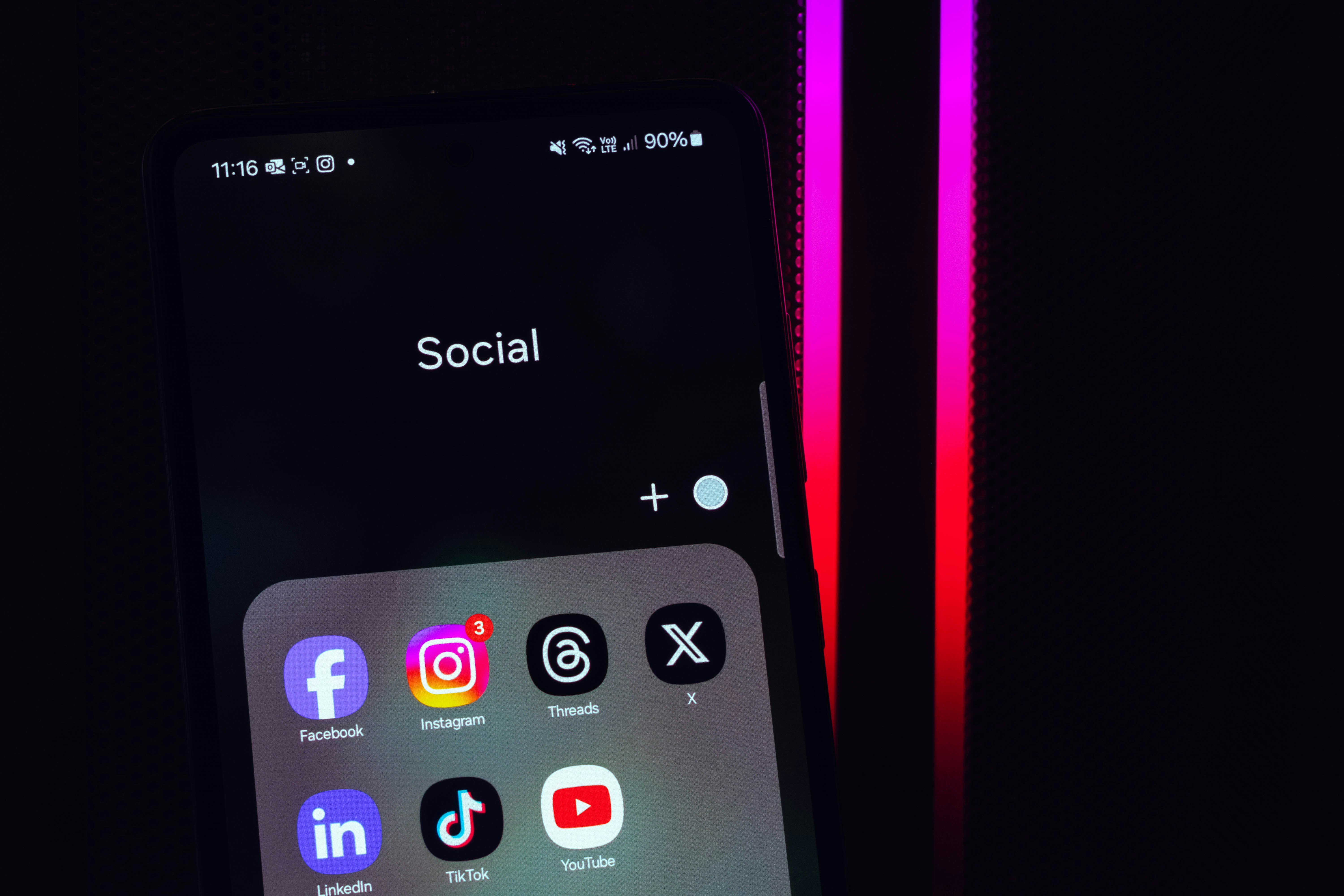Japan Influencer Marketing: Mastering Social Media Branding
Discover how influencer marketing in Japan can elevate your brand through culturally aware, platform-savvy campaigns. Learn which social networks matter, which types of creators perform best, how to build authentic partnerships, and how to measure campaign ROI with both hard metrics and sentiment analysis. Practical tips for navigating local regulations and maximizing reach across Line, Twitter, Instagram, and YouTube.

Distinct features of Japan’s social media ecosystem
Japan’s social media scene differs from many Western markets in several meaningful ways. Global platforms like Instagram and YouTube are widely used, but local services—most notably Line and Twitter—hold significant daily influence. Line combines messaging, mobile payments, and branded content in one app, while Twitter remains a primary channel for public conversation and viral moments.
Privacy and subtlety are cultural hallmarks: many Japanese users favor anonymous handles or closed-group interactions and value discretion in public posts. Marketers need to respect that preference by designing campaigns that feel private and trustworthy rather than overtly promotional. These behavioral and platform distinctions should inform channel selection, creative style, and community management tactics.
Which influencers deliver the best results in Japan?
Japanese audiences respond well to authenticity and relatability. Micro-influencers—those with roughly 1,000 to 100,000 followers—often generate higher engagement rates and are perceived as more trustworthy, especially within niche communities such as beauty, regional travel, or hobbyist markets. Their recommendations can drive meaningful conversations and conversions because followers view them as peers rather than distant celebrities.
Macro-influencers and celebrities remain essential for broad awareness campaigns or luxury positioning. They deliver scale and mainstream visibility quickly, which is useful for product launches, national branding efforts, or endorsements where prestige matters. The optimal influencer mix usually combines micro-influencers for targeted credibility and macro influencers for reach.
Practical ways to weave influencer activity into your marketing plan
Successful campaigns in Japan emphasize long-term collaboration and genuine alignment. Start by vetting creators for shared values, tone, and audience fit rather than focusing solely on follower counts. Co-create content that allows influencers to adapt messaging in their authentic voice—this resonates more with Japanese audiences than rigid scripts.
Adopt a multi-platform distribution strategy: use Line for direct user engagement, Twitter for trend-driven visibility, Instagram for visual storytelling, and YouTube for longer-form product demonstrations or reviews. Amplify influencer posts across owned channels—feature them in stores, include QR codes on packaging, or highlight user-generated content in newsletters—to create a cohesive brand experience.
Cultural and regulatory challenges to be aware of
Brands entering the Japanese market must navigate nuanced communication styles where indirectness and modesty are valued. Tone-deaf messages, over-the-top claims, or unfamiliar humor can easily miss the mark. Cultural advisors or local teams can help adapt creative elements and ensure messaging matches audience expectations.
Regulatory compliance is another critical area. Japan enforces clear rules around sponsorship disclosure: paid or gifted content must be labeled appropriately. Balancing transparency with authentic storytelling is a practical challenge for both brands and influencers. Clear contracts, briefing documents, and regular compliance checks will reduce reputational risk.
Measuring success: metrics beyond vanity numbers
Quantitative KPIs are important: track engagement rates, impressions, reach, click-throughs, and conversions to assess campaign performance. But in Japan, qualitative signals are often equally meaningful. Monitor brand sentiment, the volume and tone of user-generated content, and the quality of interactions between influencers and their followers.
Surveys, social listening tools, and cohort analysis can reveal whether a campaign improved brand perception or deepened customer loyalty. For long-term partnerships, evaluate metrics over multiple waves to capture sustained behavior change rather than one-off spikes.
| Influencer Marketing Platform | Key Features | Pricing (Estimated) |
|---|---|---|
| CyberAgent | AI-powered influencer matchmaking and end-to-end campaign management | Custom pricing based on campaign scope |
| BitStar | Japanese-market expertise with talent representation and creative production | Starts at ¥500,000 per campaign |
| AnyMind Group | Cross-platform orchestration and advanced analytics | Custom pricing, typical minimum budget ¥1,000,000 |
| PopIn | Native advertising capabilities and access to micro-influencer networks | Pay-per-click and managed options, starting around ¥300,000 |
Prices, rates, or cost estimates mentioned in this article are based on the latest available information but may change over time. Independent research is advised before making financial decisions.
Final recommendations for brands
Influencer marketing in Japan is a strategic opportunity when approached with cultural sensitivity, a focus on authenticity, and a data-driven mindset. Prioritize building long-term relationships with creators who genuinely align with your brand, experiment with a mix of micro and macro talent to balance trust and reach, and tailor creative formats to the platforms your audience uses most.
Measure success with both hard metrics and softer indicators like sentiment and UGC quality. And always ensure clear disclosure and local legal compliance. Brands that adapt their tactics to Japan’s unique social media habits and communication norms will find influencer partnerships to be a powerful engine for brand growth and customer connection.






